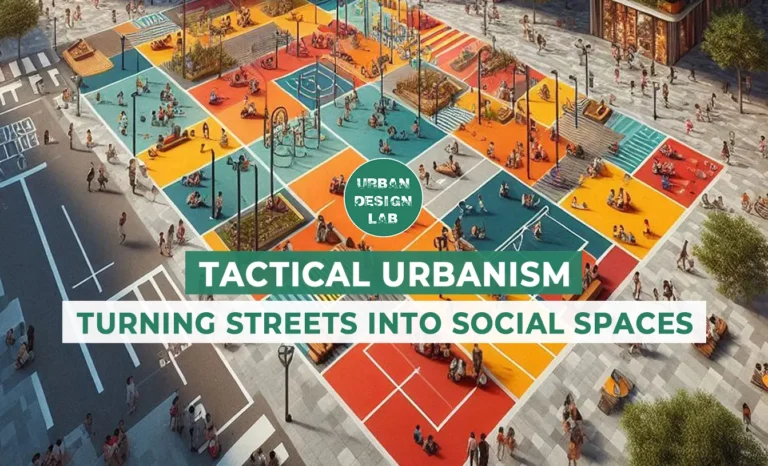
High-Tech Urbanism: How AI and IoT are Shaping Cities of Tomorrow
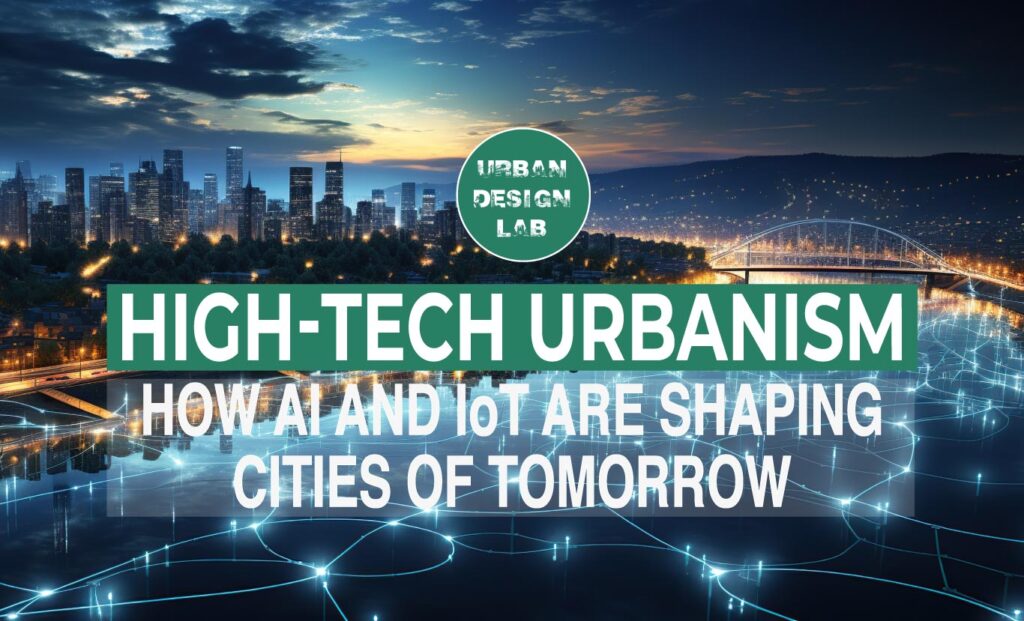
Introduction
In the 21st century, the concept of high-tech urbanism has emerged as a defining feature of modern city development, marking a significant shift in how urban environments are perceived, planned, and experienced. This paradigm, at the intersection of advanced technology and urban development, is becoming increasingly relevant in our rapidly urbanizing world, where over half of the global population now resides in cities. As urban areas continue to grow, both in size and complexity, the integration of cutting-edge technologies such as Artificial Intelligence (AI) and the Internet of Things (IoT) is not just a futuristic vision but a present-day reality, fundamentally transforming the landscape of urban living.
AI and IoT stand as twin pillars of this transformation, each playing a crucial role in reshaping the fabric of modern cities. AI, with its ability to process and analyze vast amounts of data, offers unprecedented insights into urban life, enabling smarter decision-making and more efficient management of city resources. From optimizing traffic flow to enhancing public safety, AI’s applications in urban contexts are vast and varied, marking a significant leap from traditional city management practices.
The synergy of AI and IoT in urban contexts represents a revolutionary step in the evolution of cities. Traditional urban spaces, often characterized by static infrastructure and reactive management, are being transformed into dynamic, intelligent entities capable of learning, adapting, and proactively responding to the needs and behaviors of their inhabitants. This shift is not merely about technological advancement but represents a fundamental change in the ethos of urban design and governance. Cities are becoming more than just places of residence and business; they are evolving into integrated, sentient ecosystems that can enhance the quality of life for their residents in myriad ways.

The Evolution of Urban Spaces
From Industrial Cities to Smart Cities
The evolution of urban spaces is a compelling narrative of continuous adaptation and transformation, reflecting the changing needs and technologies of the times. The industrial revolution marked a monumental shift, transforming primarily agrarian societies into bustling industrial hubs. This era saw the rise of factories, railways, and urbanization on an unprecedented scale, fundamentally reshaping the landscape of human settlements. Today, we are at the cusp of another significant transformation, akin to the industrial revolution in its scope and impact. Modern cities are evolving from their industrial roots into smart, technology-driven entities. This transition is not merely a change in the physical infrastructure but represents a profound integration of digital technology into every aspect of urban life. It is altering the very fabric of how cities function, grow, and respond to the needs of their inhabitants. Smart cities are characterized by their ability to leverage technology for efficient resource management, enhanced public services, and a better quality of life for residents.

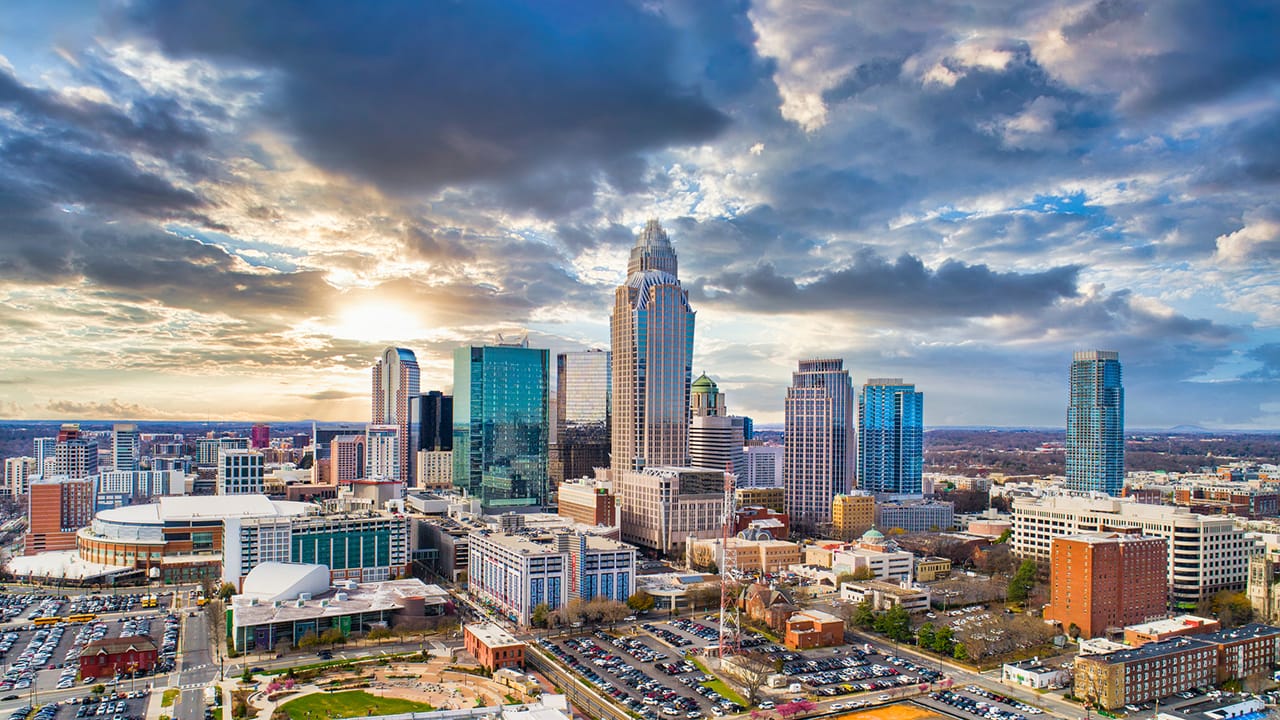
The Transition to Tech-Driven Urban Development
The current era of urban development is distinctly defined by its reliance on technology. In this age, cities across the globe are increasingly turning to digital solutions to address traditional urban challenges, ranging from managing traffic congestion to enhancing public safety and environmental sustainability. This shift is not just about the adoption of new technologies; it represents a fundamental change in mindset. Urban planning and management are increasingly becoming data-driven, with decisions informed by real-time information and predictive analytics. This approach allows for more efficient use of resources, better planning, and a more responsive urban environment. The integration of technologies such as the Internet of Things (IoT), artificial intelligence, and big data analytics into urban infrastructure is transforming cities into more livable, resilient, and sustainable places. This tech-driven development is not only improving the efficiency of urban services but also empowering citizens through greater engagement and access to information, thereby redefining the relationship between city governments and their residents.

Understanding AI and IoT
The Transition to Tech-Driven Urban Development
Artificial Intelligence (AI) is a branch of computer science that deals with creating machines capable of performing tasks that typically require human intelligence. This includes learning, reasoning, problem-solving, perception, and language understanding. In an urban context, AI can be seen in various applications. For example, AI algorithms are used to predict traffic patterns, helping in the efficient management of traffic lights and reducing congestion. Another example is AI-driven energy management systems in buildings, which learn and predict energy usage patterns to optimize heating, ventilation, and air conditioning systems for energy efficiency.
The Internet of Things (IoT), on the other hand, refers to a network of physical devices that are connected to the internet, allowing them to collect and exchange data. In an urban setting, an example of IoT can be found in smart streetlights equipped with sensors. These sensors can monitor environmental conditions like air quality or noise levels, and the lights can be automatically adjusted based on real-time data, such as dimming when there is no pedestrian or vehicular traffic.
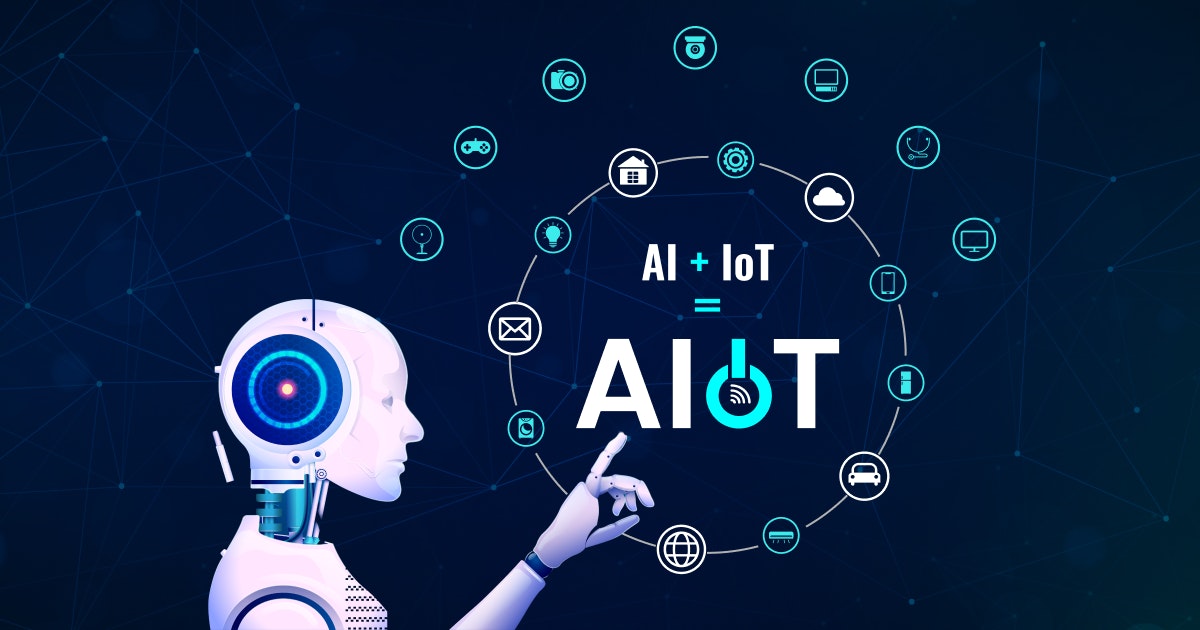
How AI and IoT Work Together in an Urban Context
In urban environments, AI and IoT are increasingly working in tandem to enhance city living. IoT devices act as the sensory organs of a city, collecting a plethora of data from the urban environment. This data might include traffic conditions, weather, energy usage, and much more. Once collected, AI comes into play by analyzing this vast amount of data. It can identify patterns, make predictions, and even automate responses.
For instance, in smart traffic management systems, IoT sensors collect real-time data on traffic flow. AI algorithms analyze this data to predict traffic congestion and can automatically adjust traffic signals to alleviate potential bottlenecks. Similarly, in waste management, IoT-enabled smart bins can signal when they are full, and AI can optimize the routes for garbage trucks, saving time and fuel.
This synergy between AI and IoT enables cities to function more efficiently and responsively. It allows for real-time adaptation to the changing needs and behaviors of city residents, leading to smarter, more sustainable urban living. By harnessing these technologies, urban areas can improve resource management, reduce their environmental footprint, and enhance the quality of life for their inhabitants.
AI in Urban Planning and Management
AI for Traffic Management and Transportation Planning
AI is revolutionizing urban mobility. By analyzing data from various sources, including IoT devices, AI can optimize traffic flow, reduce congestion, and improve public transportation systems. Cities like Singapore and Tokyo are using AI to analyze traffic patterns and optimize signal timings, significantly reducing commute times and improving traffic flow.
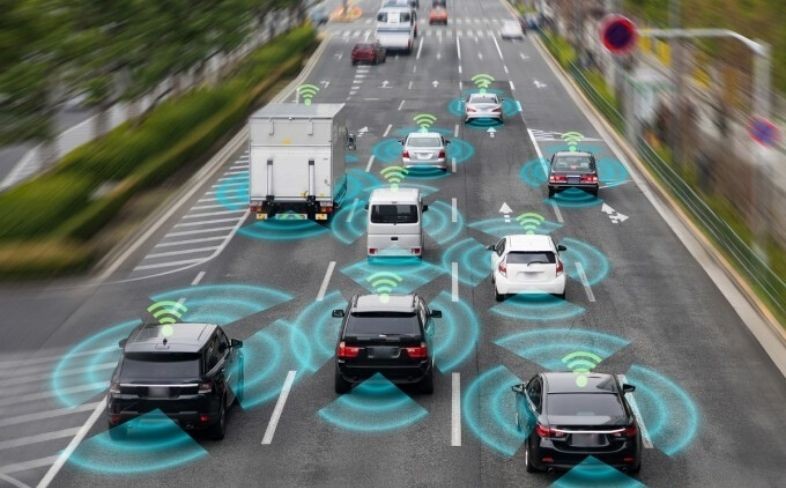
Use of AI in Public Safety and Emergency Response Systems
AI enhances public safety by predicting and responding to emergencies more efficiently. For instance, AI-driven surveillance systems in cities like Chicago and Atlanta can detect unusual activities and alert authorities, improving response times and reducing crime rates.

AI in Urban Design and Infrastructure Development
AI is also playing a crucial role in urban design and infrastructure. By analyzing data on population growth, traffic patterns, and environmental factors, AI can assist in designing more efficient and sustainable urban spaces. Cities like Amsterdam and Copenhagen are utilizing AI to plan bike paths, public spaces, and even entire neighborhoods.
Examples of Cities that Have Successfully Integrated AI in Urban Planning
Barcelona and New York City stand out as examples where AI has been successfully integrated into urban planning. Barcelona’s use of AI in optimizing waste management and street lighting is a testament to the potential of technology-driven urban management.
IoT: The Backbone of Smart Cities
IoT for Real-Time Data Collection and Management
IoT is the backbone of smart cities, providing the critical infrastructure needed to collect and manage data in real time. Sensors and IoT devices gather data on everything from air quality to traffic, providing city managers with the information needed to make informed decisions.

The Role of IoT in Energy Management and Sustainability
IoT plays a pivotal role in energy management and sustainability. Smart grids, for example, use IoT technology to optimize the distribution and consumption of electricity, reducing waste and improving energy efficiency. Cities like Stockholm and San Francisco are leading the way in using IoT for sustainable urban living.

IoT in Public Services (Waste Management, Water Supply, etc.)
IoT is transforming public services by making them more efficient and responsive. Smart bins in Seoul that signal when they are full, and IoT-based water leak detection systems in Los Angeles, are just a few examples of how IoT is improving the efficiency of urban services.
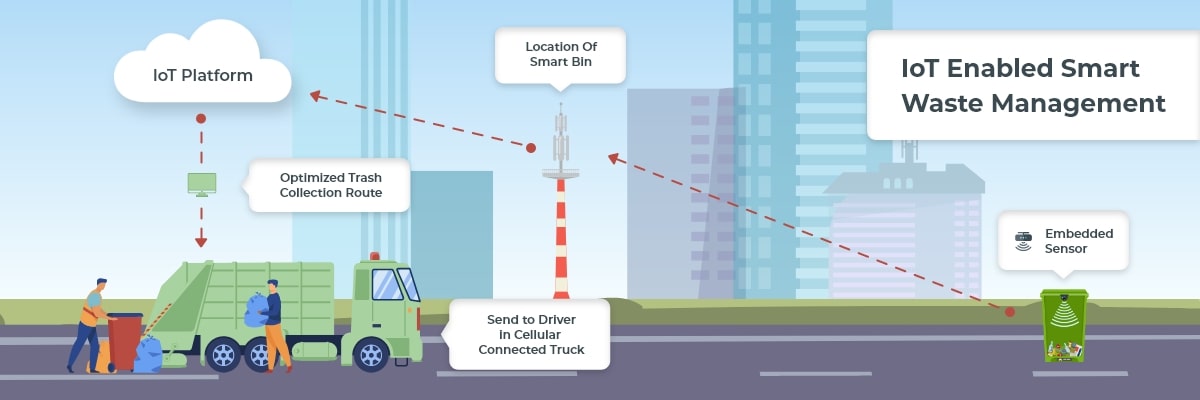
Challenges and Considerations
Addressing Privacy and Security Concerns
As cities become smarter, concerns around privacy and security become more pronounced. The collection and analysis of vast amounts of data raise questions about surveillance and data protection. Ensuring robust cybersecurity measures and transparent data policies is crucial.
The Digital Divide and Equitable Access to Technology
The digital divide remains a significant challenge in high-tech urbanism. Ensuring equitable access to technology and its benefits is essential to avoid creating a two-tiered society where only some enjoy the advantages of smart city innovations.
Sustainability and Environmental Impacts
While smart technologies offer solutions for sustainability, they also pose environmental challenges. The energy demands of running AI systems and the electronic waste generated by IoT devices are concerns that must be addressed as part of a sustainable approach to high-tech urbanism.
The Future of High-Tech Urbanism

As we look towards the future of smart cities, it’s clear that the integration of advanced technologies will play a pivotal role in shaping urban landscapes. The emergence and adoption of 5G networks, edge computing, and blockchain technology are set to revolutionize the capabilities of AI and IoT in these environments, leading to a new era of high-tech urbanism.
- 5G Networks: The rollout of 5G networks is expected to be a game-changer for smart cities. With significantly higher speeds and lower latency compared to its predecessors, 5G will enable more devices to be connected with faster response times. This improvement is crucial for applications that require real-time data processing, such as autonomous vehicles and advanced public safety systems. For instance, 5G could enable driverless cars to communicate with each other and with city infrastructure, reducing traffic congestion and improving road safety.
- Edge Computing: Edge computing involves processing data closer to where it is generated rather than relying on a central data-processing warehouse. This approach reduces latency and bandwidth use, making data processing faster and more efficient. In smart cities, edge computing can be used to process data from IoT devices in real-time, enabling immediate responses to various urban challenges. For example, edge computing can be used in surveillance systems to analyze video data on the spot and identify potential security threats without delay.
- Blockchain Technology: Blockchain holds significant potential for smart cities, particularly in enhancing security and transparency. By providing a secure, decentralized way to record transactions, blockchain can be used in various urban applications such as voting systems, land registries, and in managing the vast amounts of data generated by cities. For example, blockchain could enable a transparent and secure platform for citizens to engage in decision-making processes or to track how municipal resources are allocated and spent.
These technologies, combined with AI and IoT, will enable cities to be more connected, efficient, and responsive. They will facilitate the creation of urban environments that can adapt in real-time to the needs and behaviors of their inhabitants. From energy management to traffic control, public services, and citizen engagement, every aspect of urban living is poised to be transformed by these advancements.

Urban Design Lab
About the Author
This is the admin account of Urban Design Lab. This account publishes articles written by team members, contributions from guest writers, and other occasional submissions. Please feel free to contact us if you have any questions or comments.
Related articles

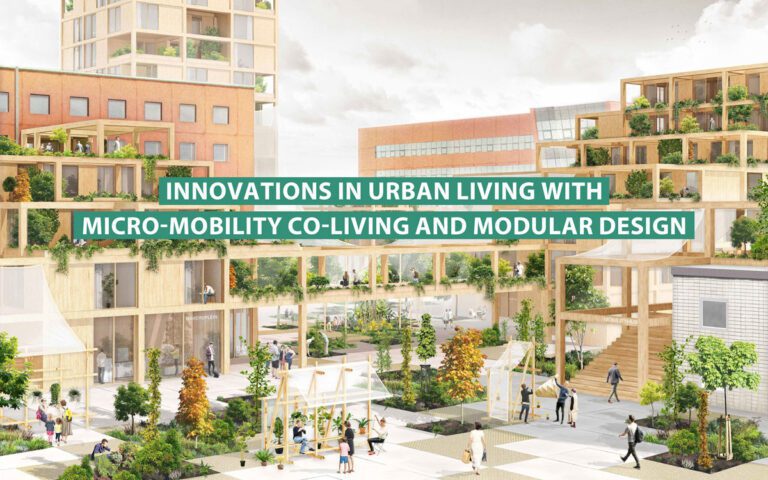
Micro-Mobility and Modular Design in Urban Living
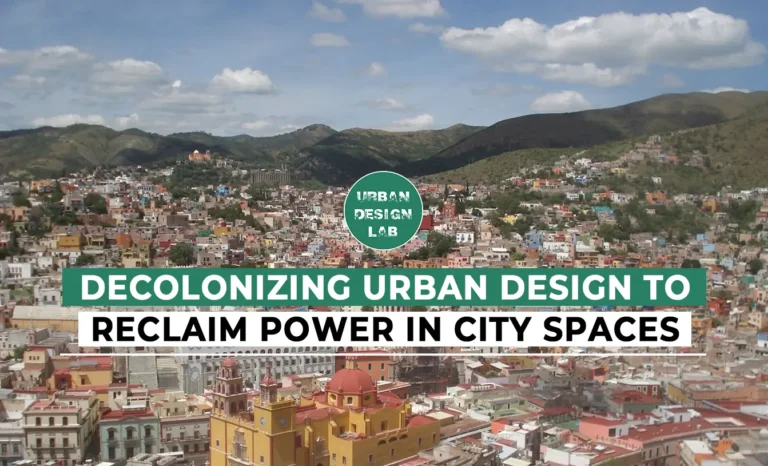

Rethinking Urban Planning Careers in India
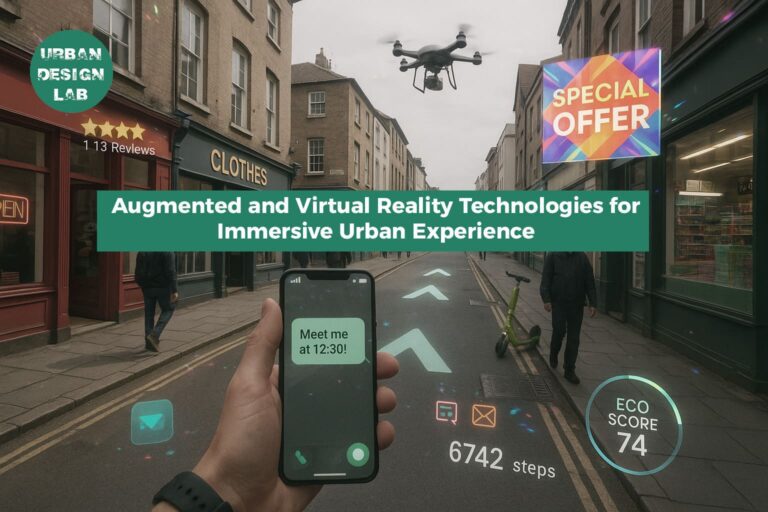
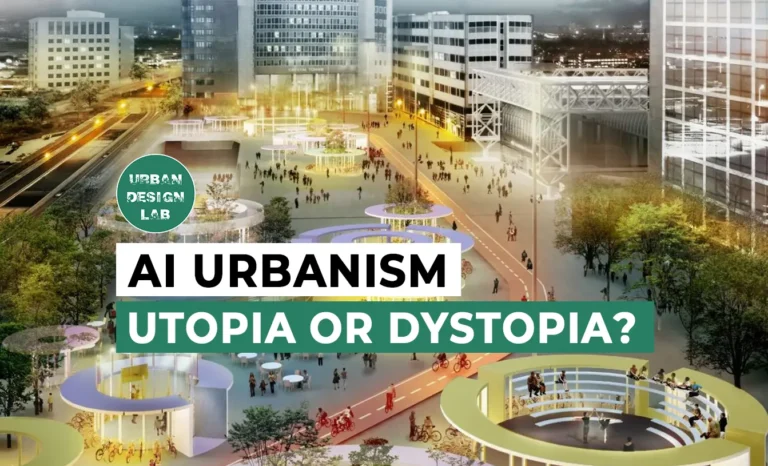
AI Urbanism: Utopia or Dystopia? The Unvarnished Truth.
5-Days UDL GIS
Masterclass
GIS Made Easy – Learn to Map, Analyse, and Transform Urban Futures
Session Dates
14th-18th July 2025

Free E-Book
From thesis to Portfolio
A Guide to Convert Academic Work into a Professional Portfolio”
Recent Posts
- Article Posted:
- Article Posted:
- Article Posted:
- Article Posted:
- Article Posted:
- Article Posted:
- Article Posted:
- Article Posted:
- Article Posted:
- Article Posted:
- Article Posted:
Sign up for our Newsletter
“Let’s explore the new avenues of Urban environment together “




























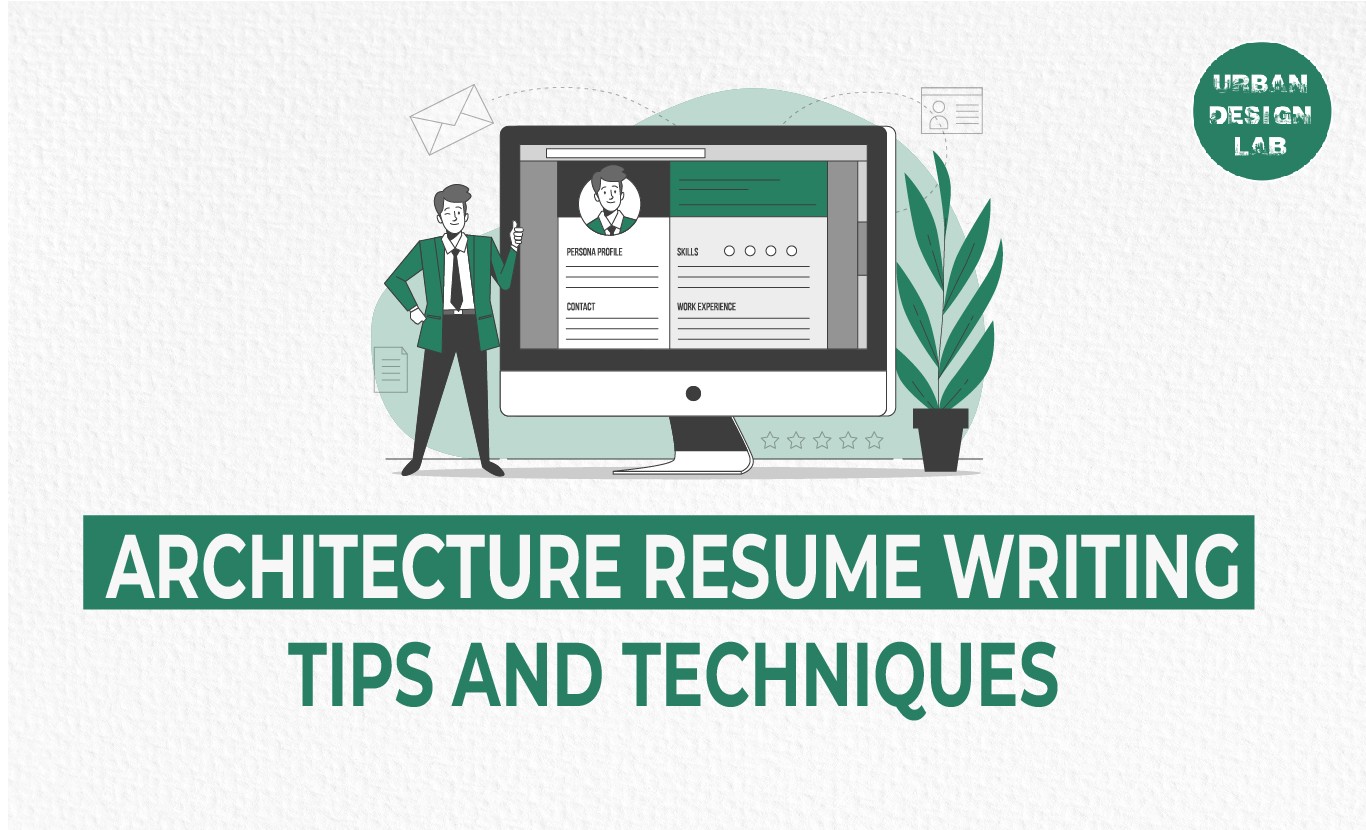
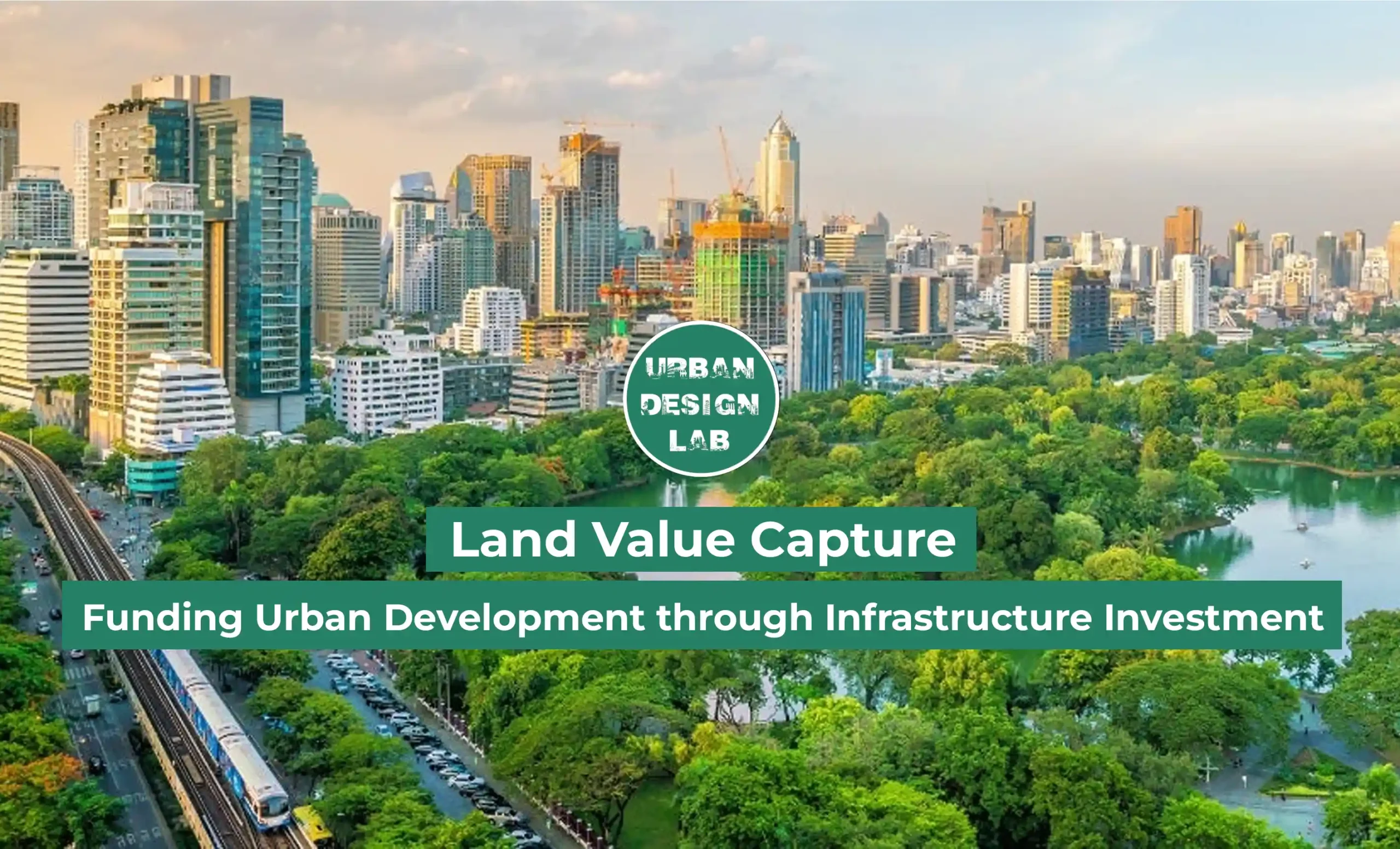
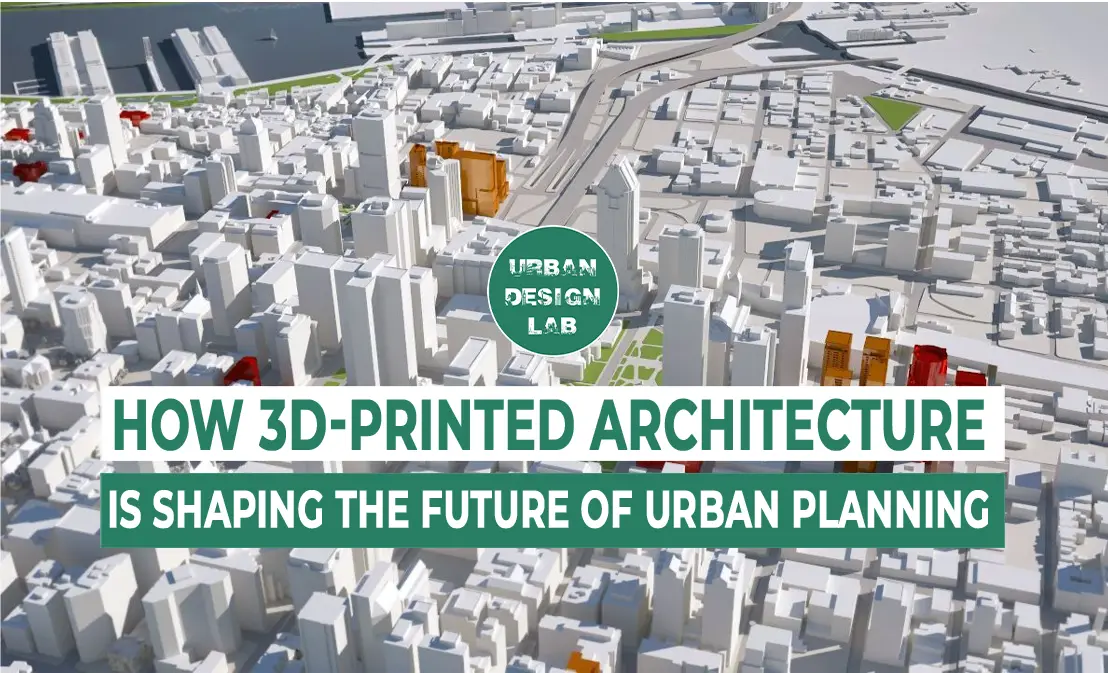


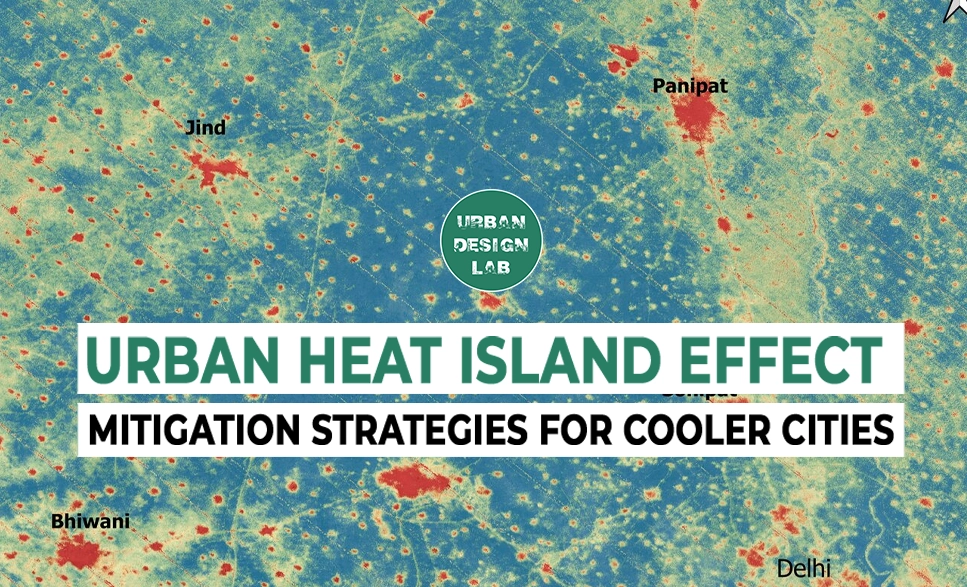

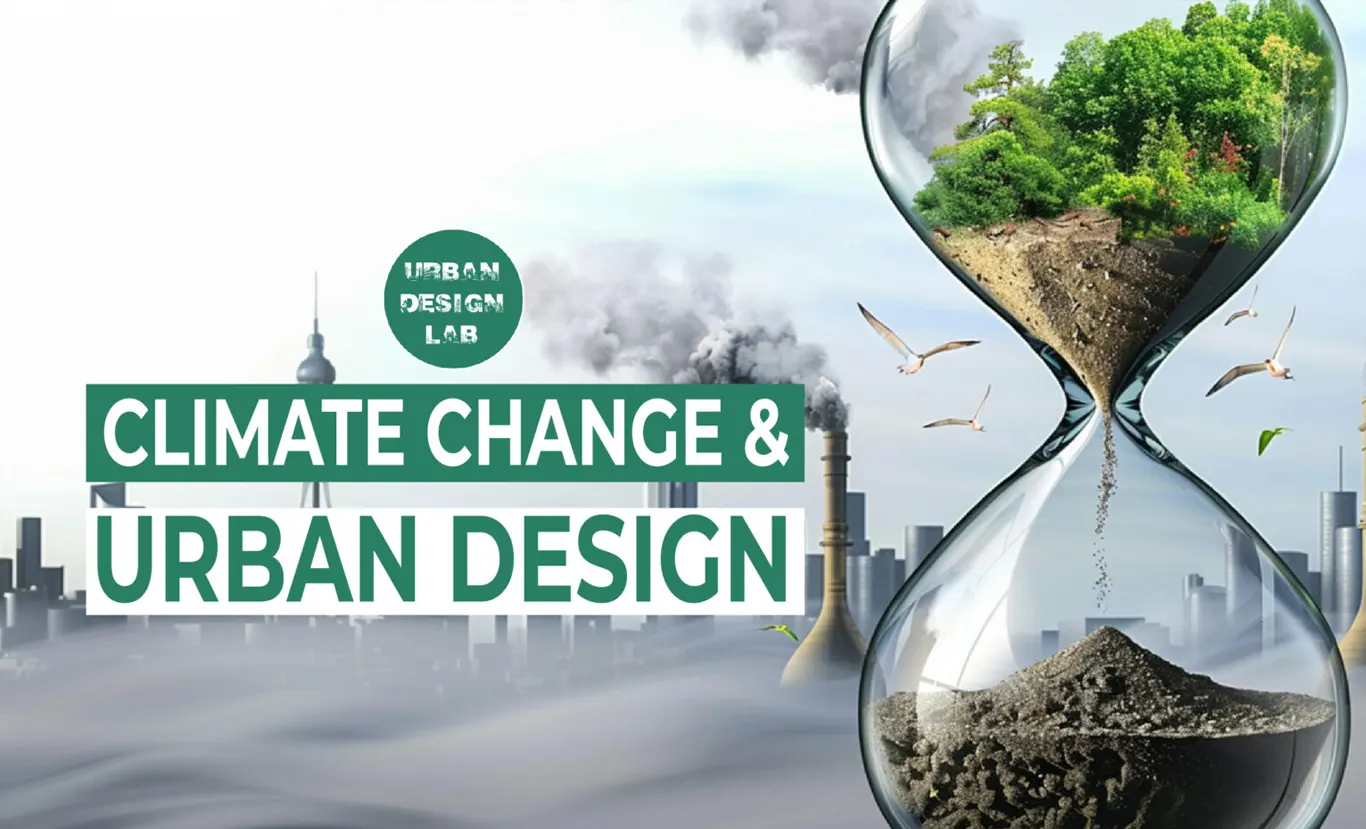
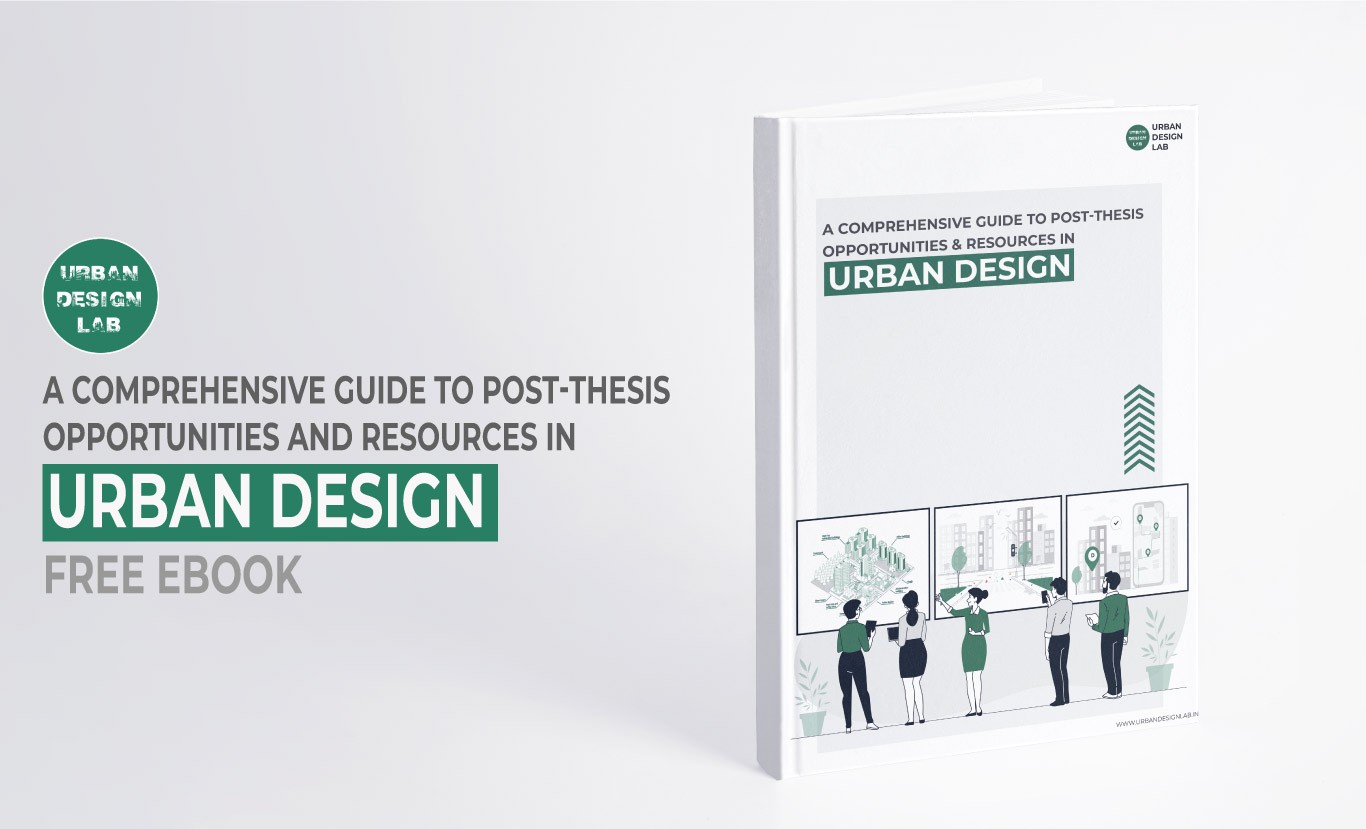
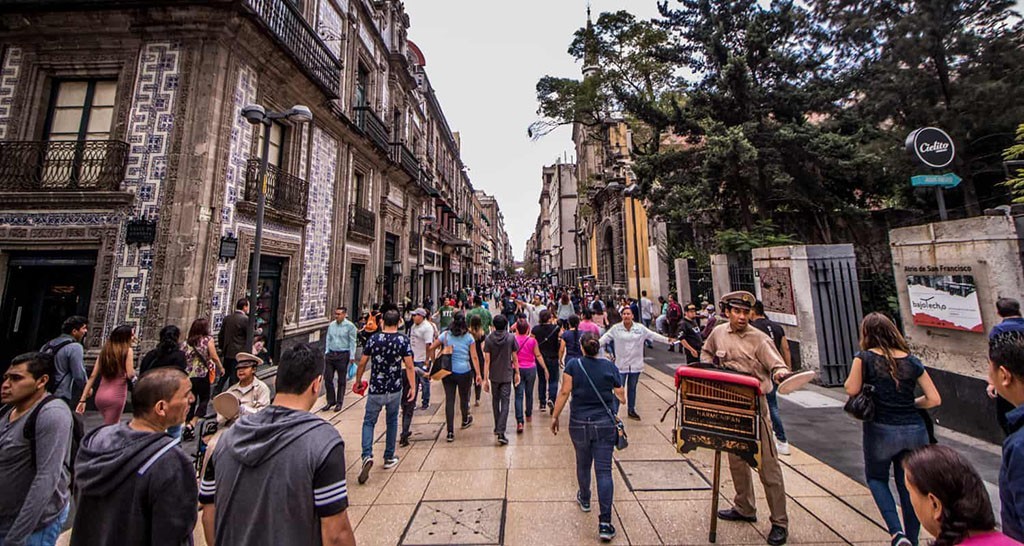
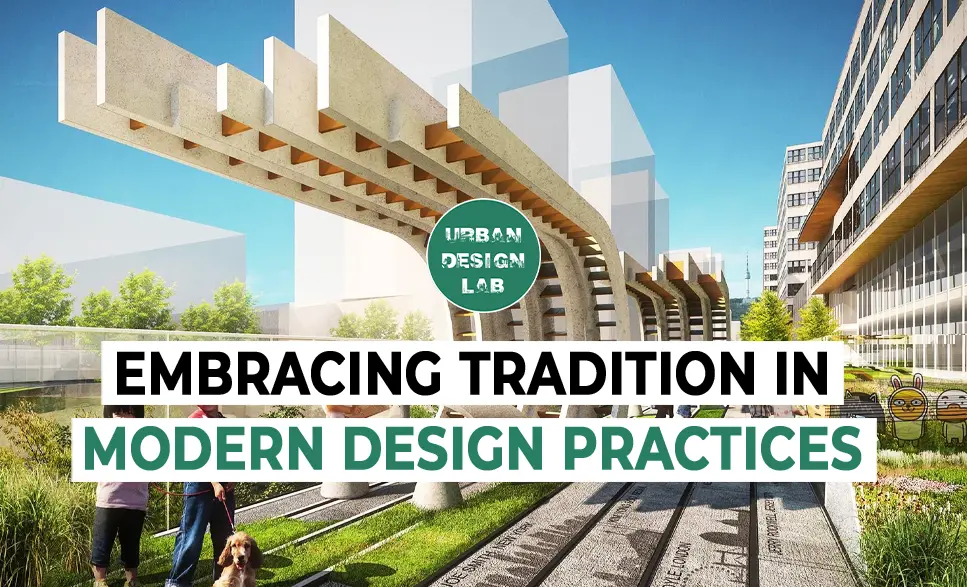
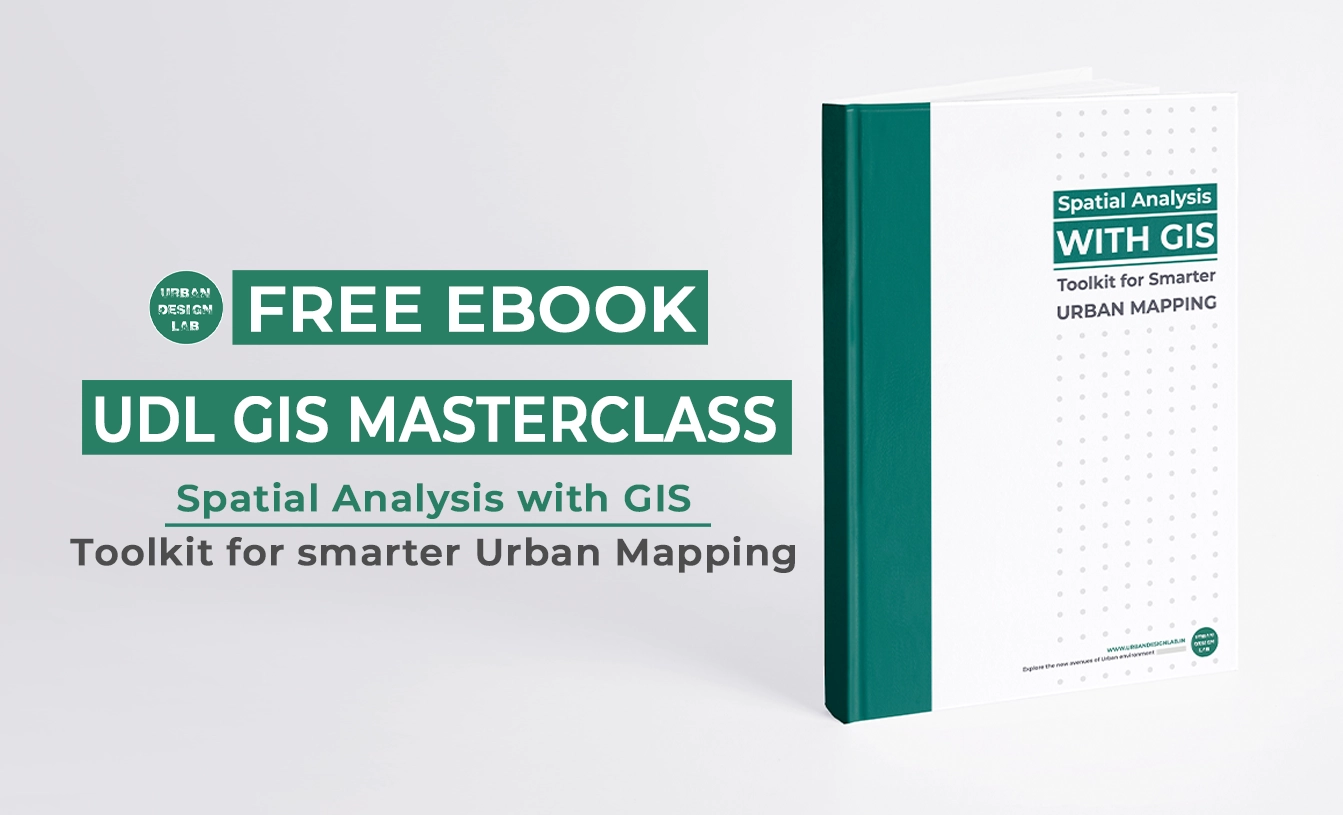
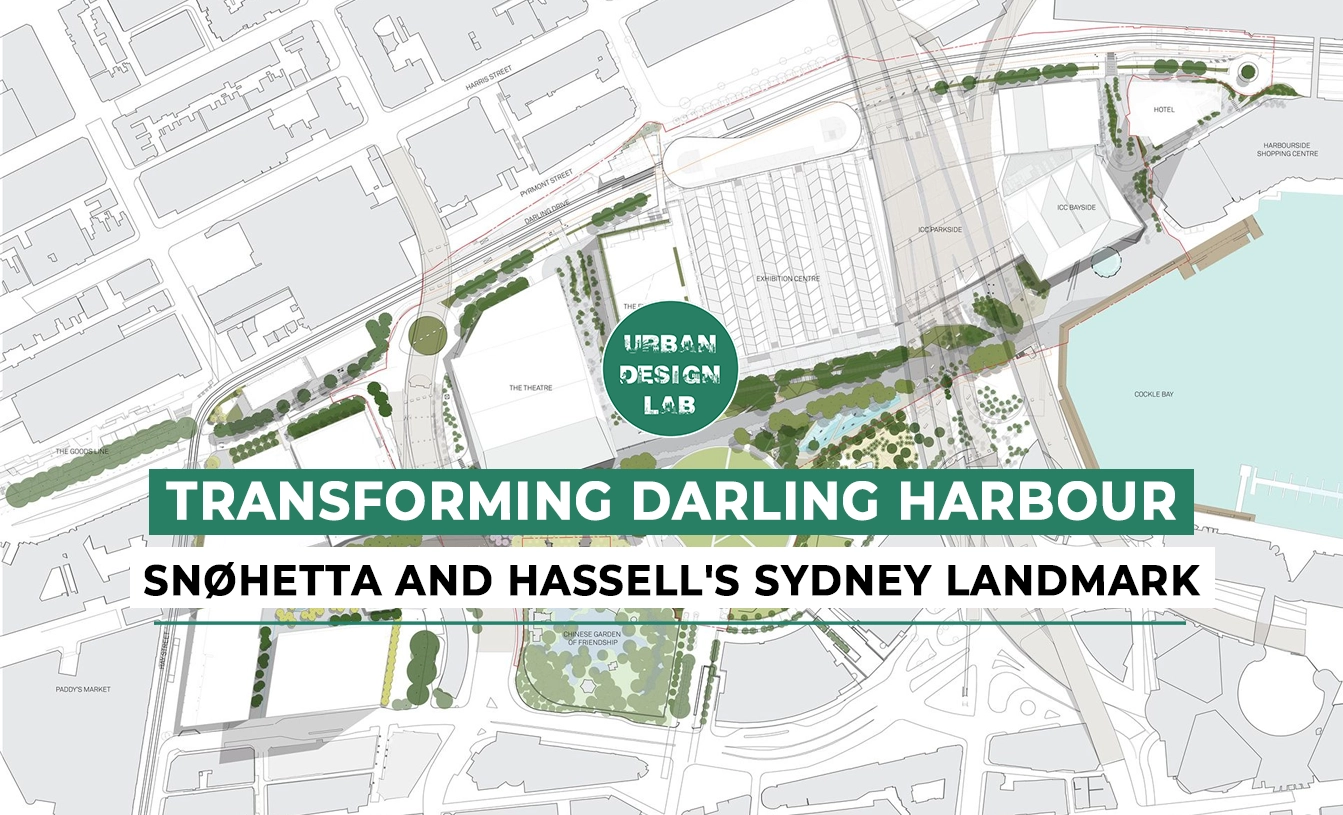
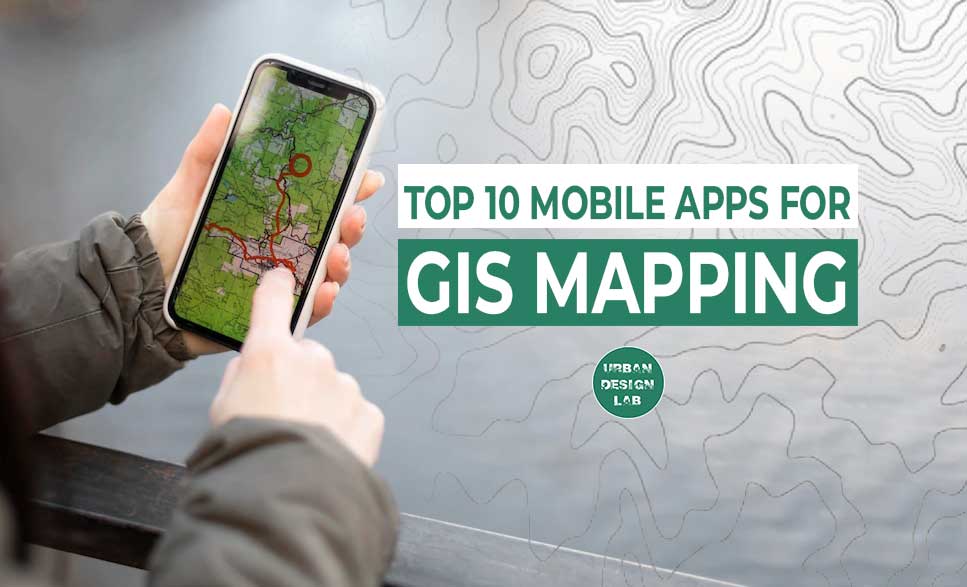





One Comment